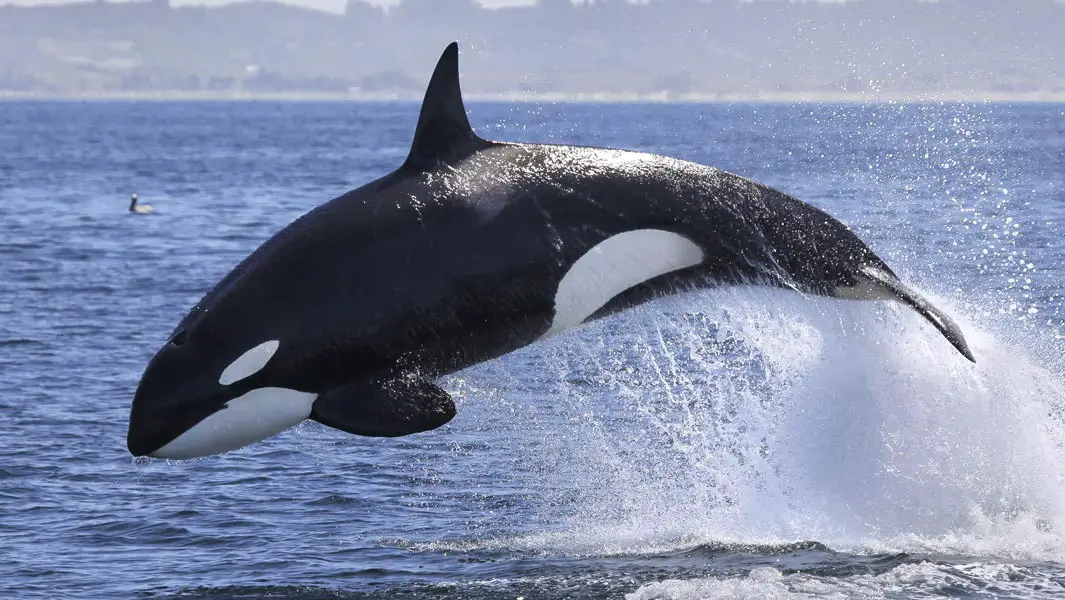


The Gallipoli campaign of 1915-16, fought between the Allied powers and the Ottoman Empire on the Gallipoli peninsula in modern-day Turkey, was a brutal chapter of the First World War.
The campaign is significant for Australians and New Zealanders as it is considered to be a defining moment in the emergence of their national identities.
Over 10,000 Australia and New Zealand Army Corps (ANZAC) soldiers lost their lives in the conflict, and the anniversary of the Gallipoli landings – 25 April, known as Anzac day – is now the most important military memorial day in both nations, surpassing Armistice Day.
Amid the chaos of the campaign, which ultimately ended in failure for the Allies, a pair of unlikely heroes emerged: a donkey named Murphy and a 22-year-old private called John Kirkpatrick, commonly known as John Simpson.
Together, they saved countless lives on the battlefields of Gallipoli. Their extraordinary partnership would eventually lead to Murphy becoming the world's first donkey to receive the RSPCA Purple Cross, an award for animal bravery.
The award not only honours Murphy, but also commemorates all the donkeys that served alongside ANZAC troops during the war.

During the ill-fated Gallipoli offensive, Murphy played a pivotal role in evacuating wounded soldiers from the front lines to field hospitals. This treacherous undertaking involved navigating exposed rocky gullies while under constant threat from enemies.
Murphy was trained by Private John Simpson, who was a stretcher bearer with the 3rd Australian Field Ambulance. It is believed that Private Simpson also trained several other donkeys, some of whom were killed in the line of duty.
After the landing at Anzac Cove on 25 April 1915, Simpson worked tirelessly for three and a half weeks, often under enemy fire, using Murphy – who could traverse the steep terrain at Gallipoli much more quickly and safely than stretcher-bearing men – to transport injured troops to the beach where they could receive first aid.
Private Simpson and Murphy quickly became a familiar sight to the ANZAC troops.
Colonel John Monash, an eyewitness to their heroic efforts, later wrote: "Private Simpson and his little beast earned the admiration of everyone at the upper end of the valley. They worked all day and night throughout the whole period since the landing, and the help rendered to the wounded was invaluable.
“Simpson knew no fear and moved unconcernedly amid shrapnel and rifle fire, steadily carrying out his self-imposed task day by day, and he frequently earned the applause of the personnel for his many fearless rescues of wounded men from areas subject to rifle and shrapnel fire."
On 19 May 1915, during the third attack on Anzac Cove, tragedy struck as Private Simpson was killed by machine gun fire. His death was a sombre moment for all who had come to know and appreciate him and his faithful four-legged companion.
Private Victor Laidlaw of the 2nd Field Ambulance wrote in his diary of Simpson's death: “One day he was bringing down a man from the trenches and coming down an incline he was shot right through the heart, it is regretted on all sides as this chap was noticed by all, and everybody got to know him, one couldn't miss him as he used to always work with his donkey, cheerful and willing, this man goes to his death as a soldier.”
Although the legend surrounding Private Simpson and Murphy exaggerates the number of soldiers they saved – purportedly over 300, which would have been impossible over the course of just three weeks – their contributions were nevertheless immeasurable, and the pair have etched their names into Anzac history.
In 1997, Murphy was posthumously awarded the RSPCA Purple Cross, recognizing his extraordinary bravery, as well as that of all the other donkeys who laid down their lives at Gallipoli.
A statue of Private Simpson and Murphy outside the Australian War Memorial in Canberra serves as a lasting tribute to their incredible deeds.

Want more? Follow us on Google News and across our social media channels to stay up-to-date with all things Guinness World Records! You can find us on Facebook, Twitter/X, Instagram, Threads, TikTok, LinkedIn, and Snapchat Discover.
Don't forget to check out our videos on YouTube and become part of our group chat by following the Guinness World Records WhatsApp channel.
Still not had enough? Click here to buy our latest book, filled to the brim with stories about our amazing record breakers.